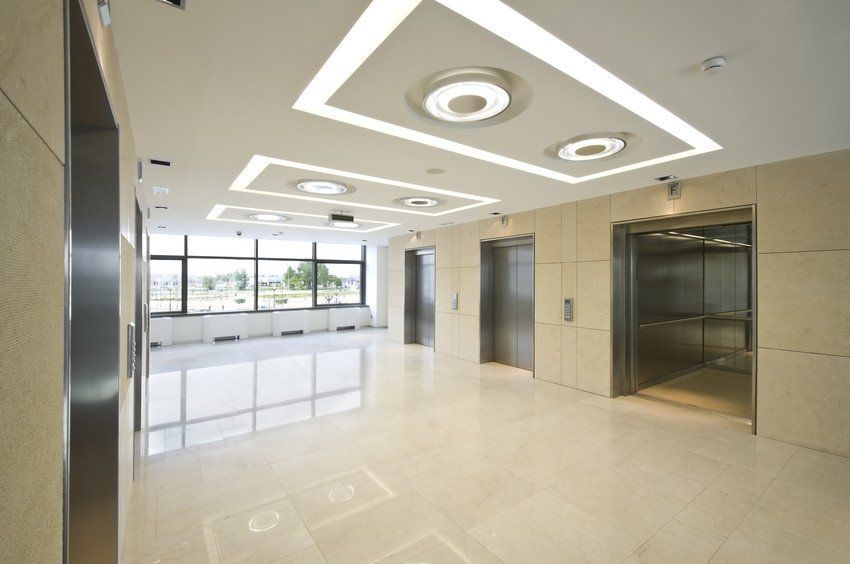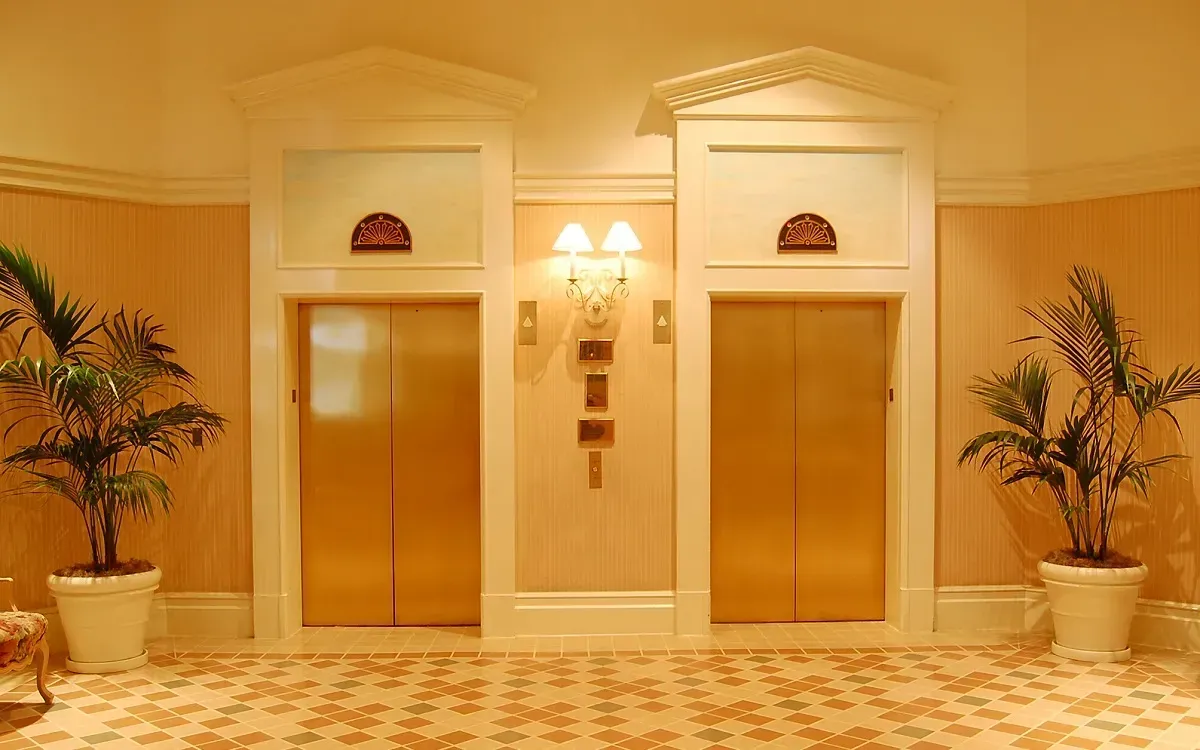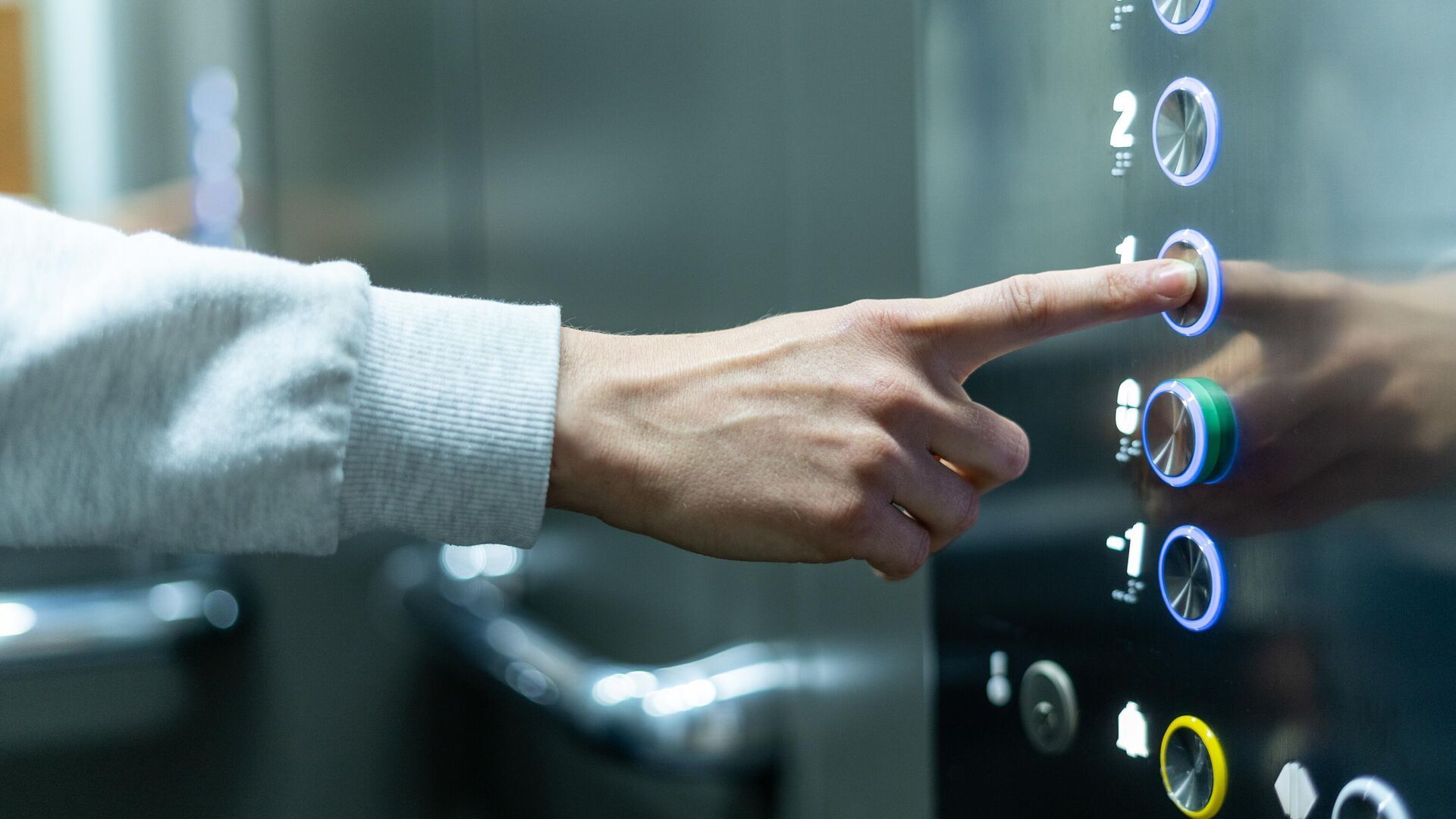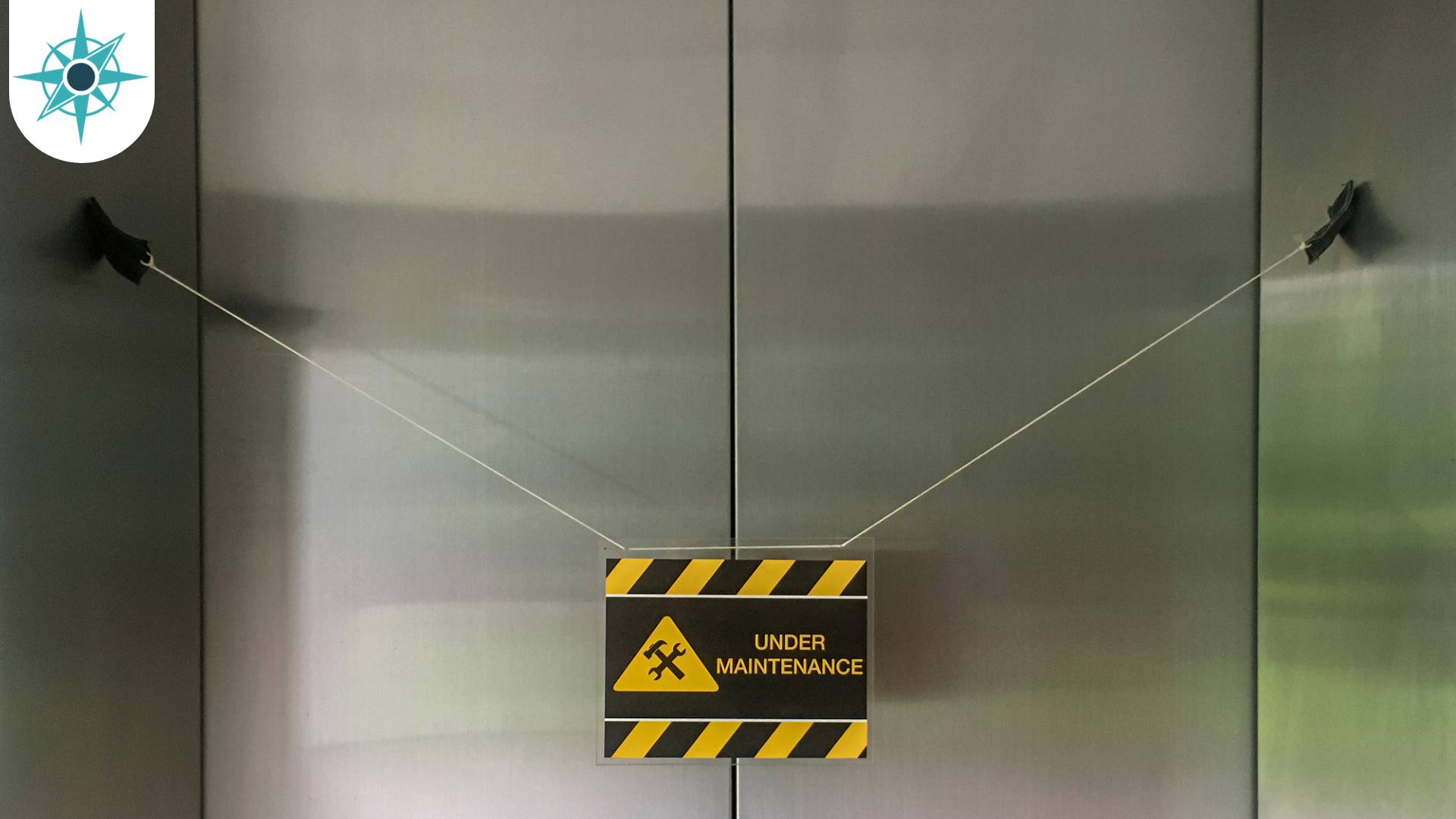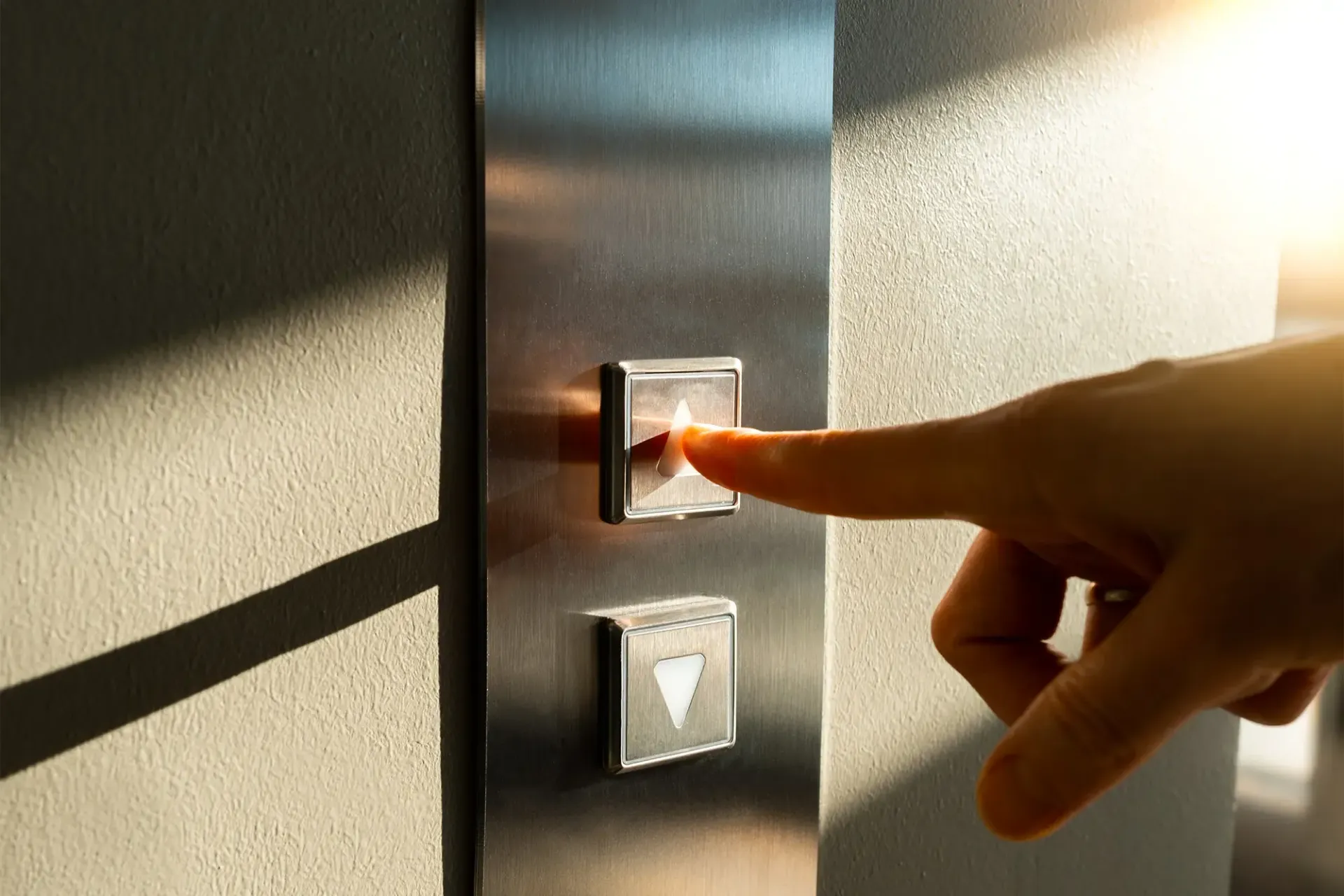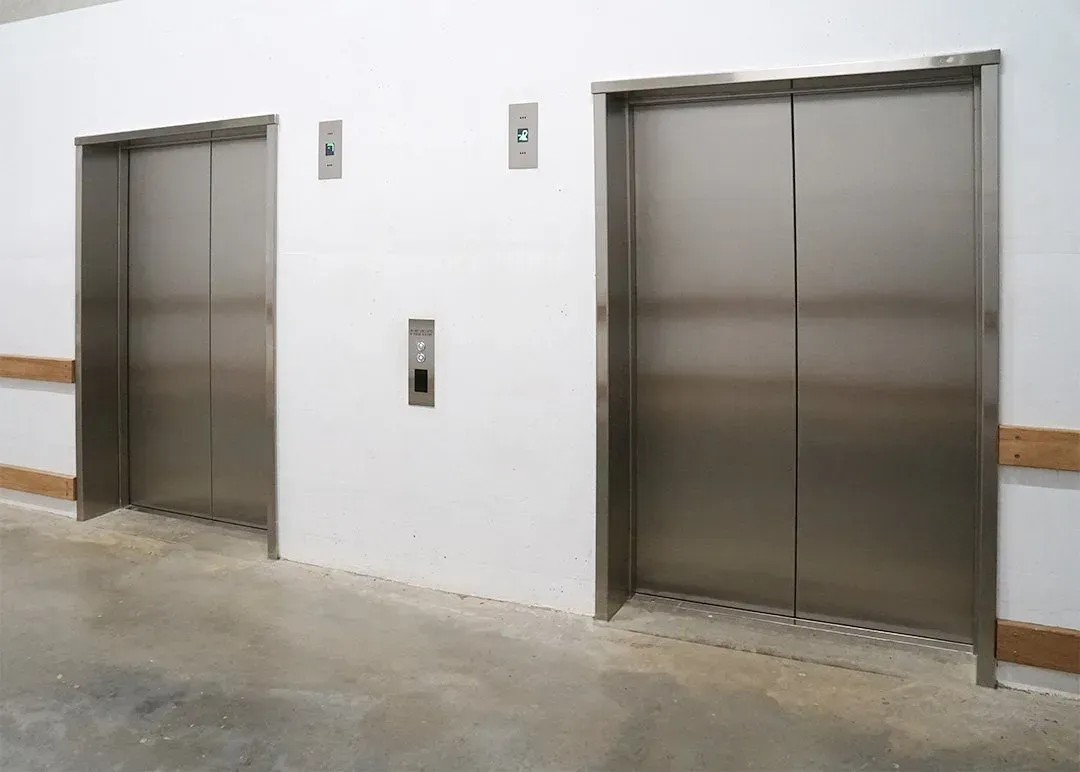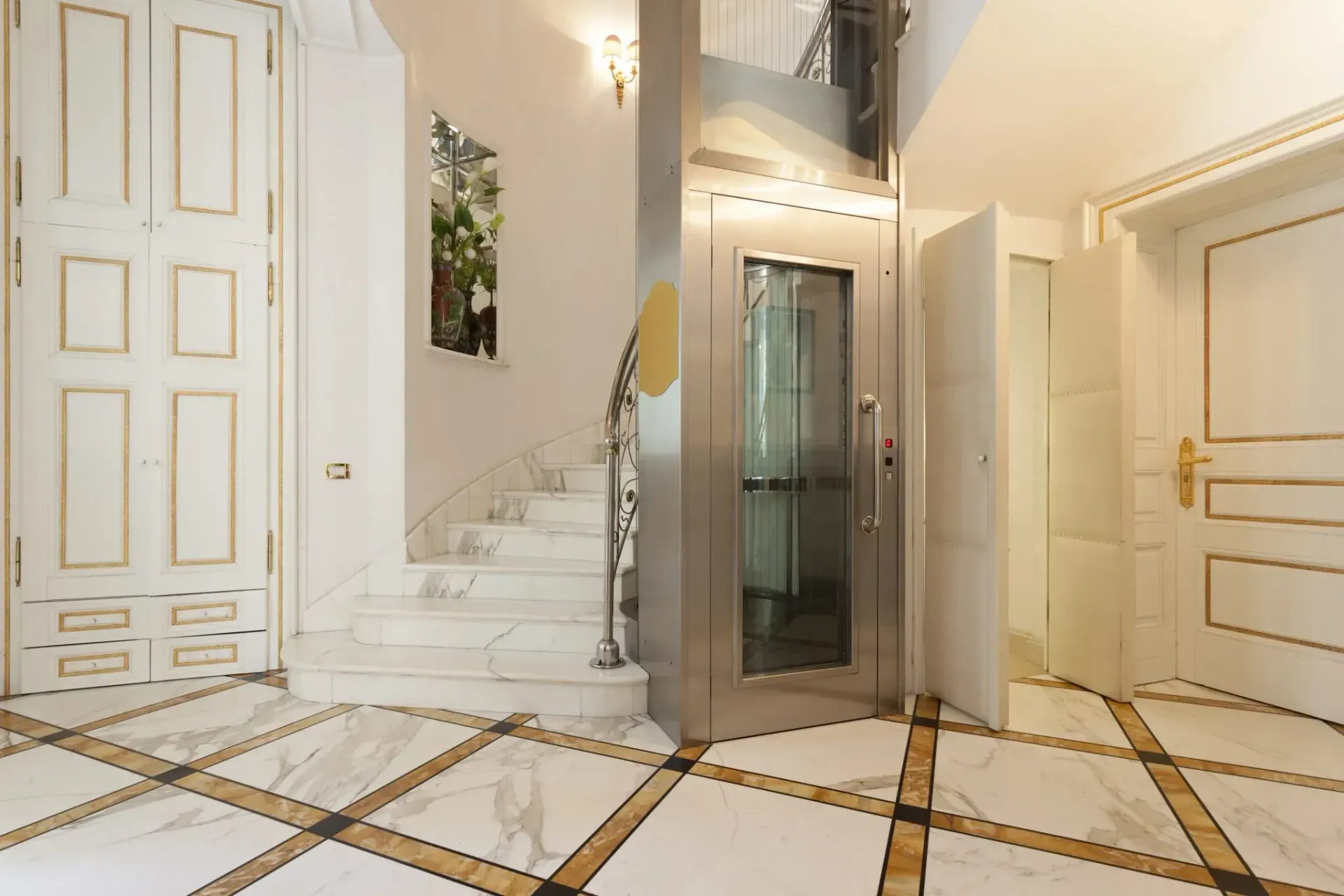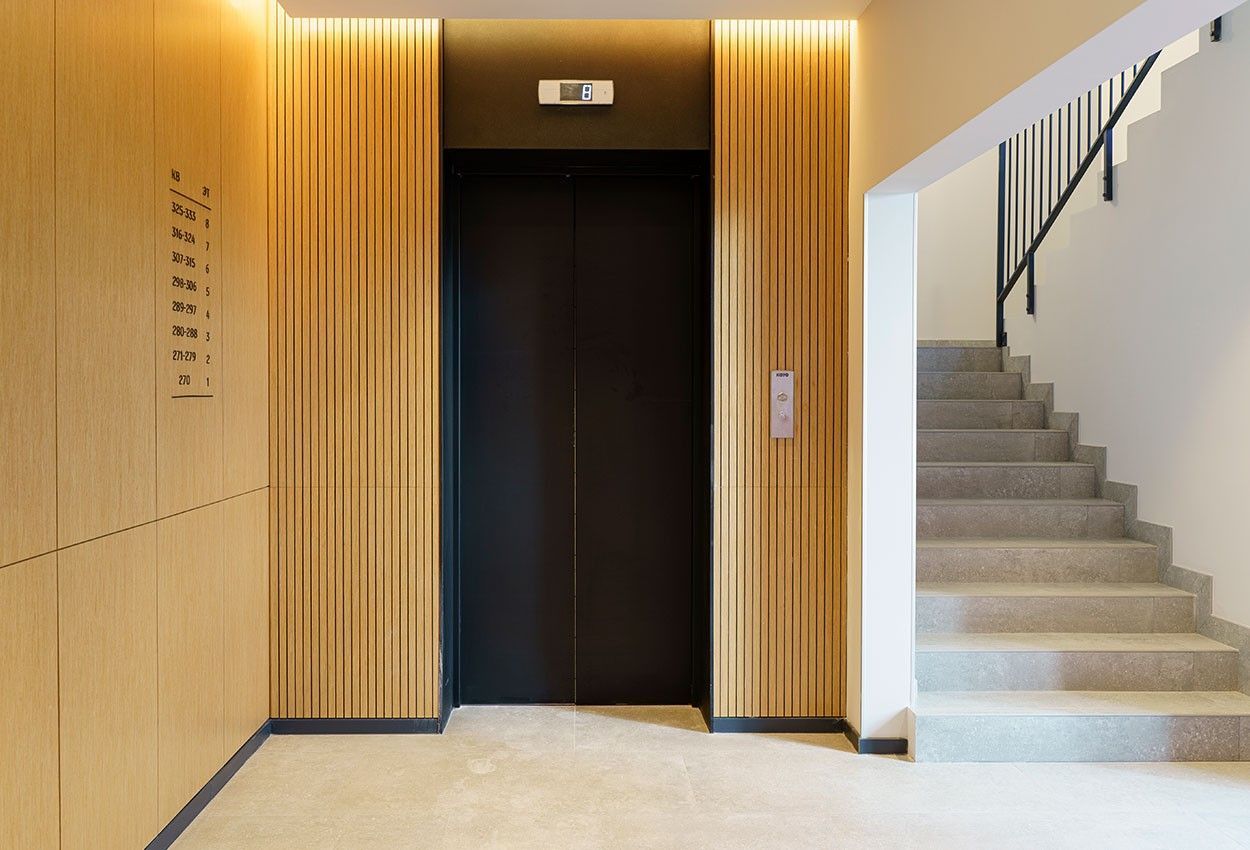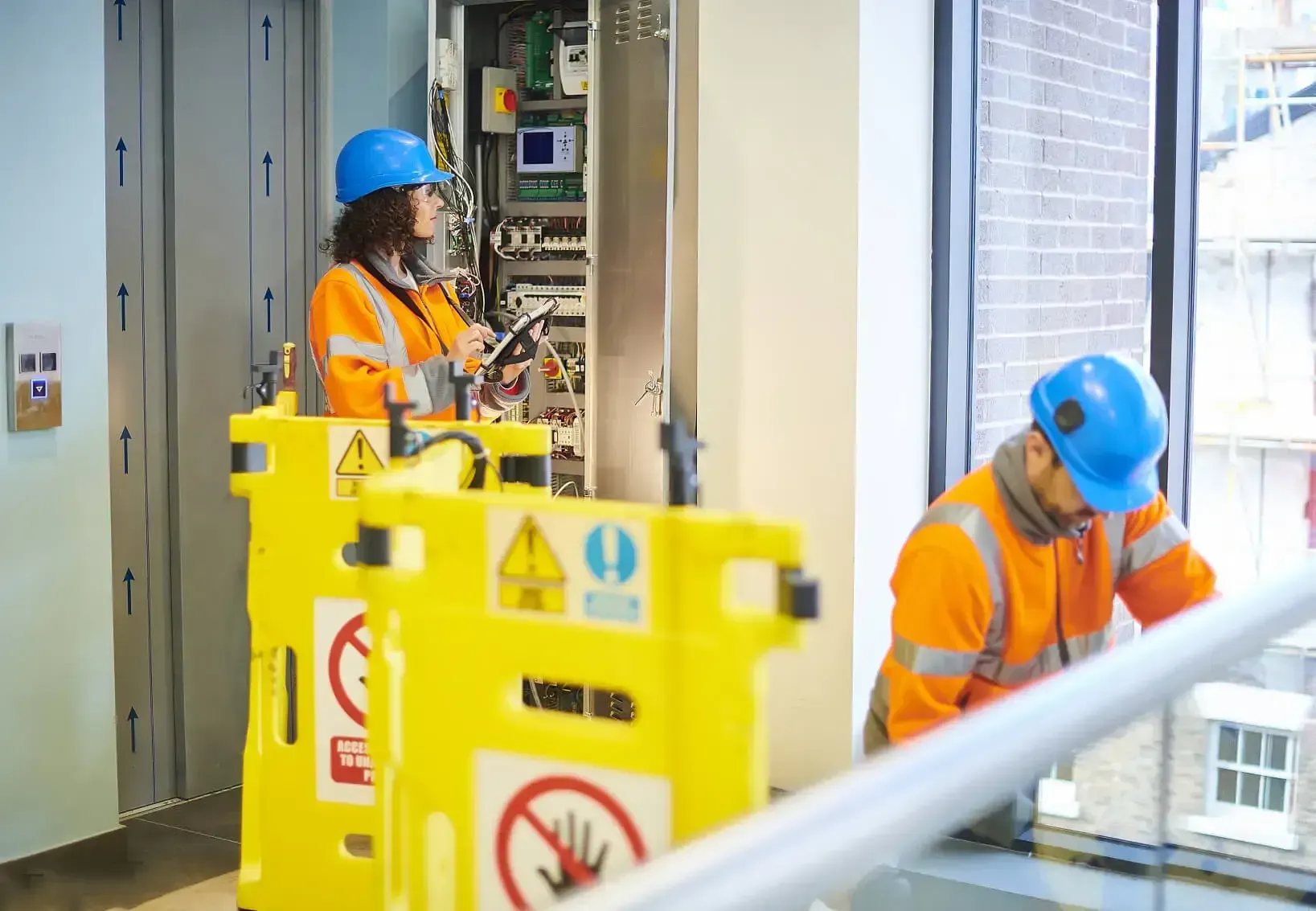11 Things You Didn’t Know About Lifts
Lifts have existed since around 300 BC so, not surprisingly, they’ve got a very vibrant history. From the original lift pulled by slaves to the modern luxury version we know today, lifts have changed a lot.
Ever wondered why lifts play music or why they have mirrors? We’ll answer these questions, so next time you ride in a lift, you can share these interesting facts with your friends.
Here are 11 things you didn’t know about lifts:
There are several reasons for this but ultimately it tracks back to the early days of lift evolution. When passengers first started riding in lifts, people were complaining that they moved too slowly. While a solution to this problem was to make lifts faster, this was expensive, so lift companies started to consider why people thought they were moving too slowly.
They discovered that people thought lifts were a lot slower than they were and tried to tackle this with mirrors. Rather than people having to stare at a blank wall while they were riding up, they had to look at their reflection instead. This meant that users were preoccupied with how their hair looks, or if they have something stuck in their teeth, and the ride went much faster. It also meant that users were now not focusing as much on their fear of falling.
Another reason behind the use of mirrors is that they are known for creating the optical illusion of more space, so what better place to put mirrors than a tiny box. This put people more at ease because they didn’t feel as claustrophobic when the room felt larger than it was.
Furthermore, mirrors add safety features such as being able to see all the people in the lift, so you can feel safer knowing what everyone else around you is doing. It also aids wheelchair users in getting in and out when they have to reverse out of a small lift.
In the 1920s when lifts became more prevalent, people were still very nervous about getting into them. Understandable when you have no idea how safe they are and you have to put all your trust in a metal box to carry you 10 storeys high. As a result, lift companies started playing music to calm fearful passengers. Elevator music, known as Muzak, came to use in 1922 and helped to cover up the mechanical noise the lifts made. This music is commonly played in airports, shopping centres and on telephone systems due to its calm and relaxing energy.
Muzak is the biggest provider of elevator music and supplies over 350,000 clients and is listened to by 100 million people every day!
Lifts are twenty times safer than escalators
To this day many people are scared of using lifts, some may even refuse to use them! But statistically, lifts are very safe and are actually twenty times safer than escalators. So the common trope of elevator accidents in television and film is wildly inaccurate. They are also much safer than riding in a car, as an average of 26 people die in elevators every year, but there are 26 car deaths every five hours.
Plus, the only known occurrence of a lift falling because of a snapped cable was in 1945 when a B25 bomber crashed into the Empire State building. There was one lady in the elevator car on the 75th floor but, amazingly, she survived because of the 1000m of fallen cable that had coiled on the floor!
Elevator cables are incredibly strong
The fact that elevators are very strong is probably something you already knew. However, they are much stronger than you think. An elevator is held up by multiple cables, between four and eight, and each cable is designed to be able to hold up the weight of the elevator and its passengers on its own. On the off chance that one cable snaps, the elevator won’t fall. And even if all the other cables snapped beside one, the elevator should still be held up by the remaining cable.
Hopefully, this gives you some peace of mind if you’re nervous about using lifts!
The close door button does not make the door close faster
We are all guilty of being in a rush and getting in an elevator only to get frustrated by the door not closing, so we jam the button repeatedly until the door eventually closes. While you may think you’re helping it close faster, you actually aren’t.
This is because all lifts must be accessible for disabled people, so they require the door to stay open for at least three seconds to allow someone with low mobility to be able to get safely into the lift. Most modern elevators have a button to close the door, but many have been deactivated completely and are only there to serve a psychological function, so people can believe they’re doing something to make the door close.
Lifts carry the equivalent of the world's population every three days
There are about 325 million lift rides everyday, and each lift carries multiple people on each ride so that adds up to the entire population of the planet every three days!
There would be no penthouse suites without the lift
Before lifts were invented, living on the highest floor of a building was not something to brag about, it meant you had to climb lots of flights of stairs and was mostly considered a hindrance. The highest floors of a building used to be reserved for the servants or low paying tenants, until the creation of the lift. This radically changed the experience of living in a high storey building and created a more enjoyable choice for the rich, thus introducing the penthouse.
Cities as we know them wouldn’t exist without lifts. Lifts allowed tall skyscrapers to be built because there was finally an accessible way to reach the top floor. Without them, cities would have expanded width ways and would be very different from the metropolis we are used to.
A private lift in The Langham will set you back £24,000
Speaking of expensive penthouses, the Sterling Suite at London’s Langham Hotel will cost you a hefty price of £24,000 a night. It comes with private lift access, butler service and six bedrooms. So if you’re looking to flash the cash and enjoy a lift all to yourself, it comes at a price!
The first lift was invented in 236 BC
While very different to what we now know as an elevator, the first primitive lift was invented by Archimedes in Ancient Rome and was operated by hoisting ropes wound around a drum. The Colosseum had a complex of rooms and tunnels below. Lifts were powered by hundreds of men to bring up gladiators and large animals through elevator shafts into the arena.
Electric lifts came into use in the 19th century and the first one was invented in 1880 by the German inventor Werner von Siemens.
The record for the fastest lift in the world is set by the Lotte World Tower in Seoul, South Korea. The tower is 555m high and the lift itself is 496m tall and is capable of reaching the 121st floor in 1 minute, travelling at a speed of 10 metres per second!
Other notable mentions for speedy lifts are the Taipei 101 in Taiwan and The Shanghai Tower in Shanghai.
Early lifts were called ‘moveable rooms’
In the early 1900s people were not accustomed to riding in lifts and were not too keen on the idea. Many people believed that travelling vertically in such a way would make you sick. Doctor’s used to worry about ‘elevator sickness’ due to the sudden movement of lifts.
The first lifts were used in hotels and department stores and were very slow. They were originally called ‘moveable rooms’ and were decked out with chandeliers and plush seating.
ADL Lift Services Ltd provide reliable lifts across the UK
Are you looking for high-quality lift services? ADL provides comprehensive lift services with a combined experience of over 80 years and a friendly and knowledgeable team, we can offer lift servicing and maintenance with 24/7 emergency cover. To discover our wide range of lifts and to find out more, visit our website or call 01698 277 009.


